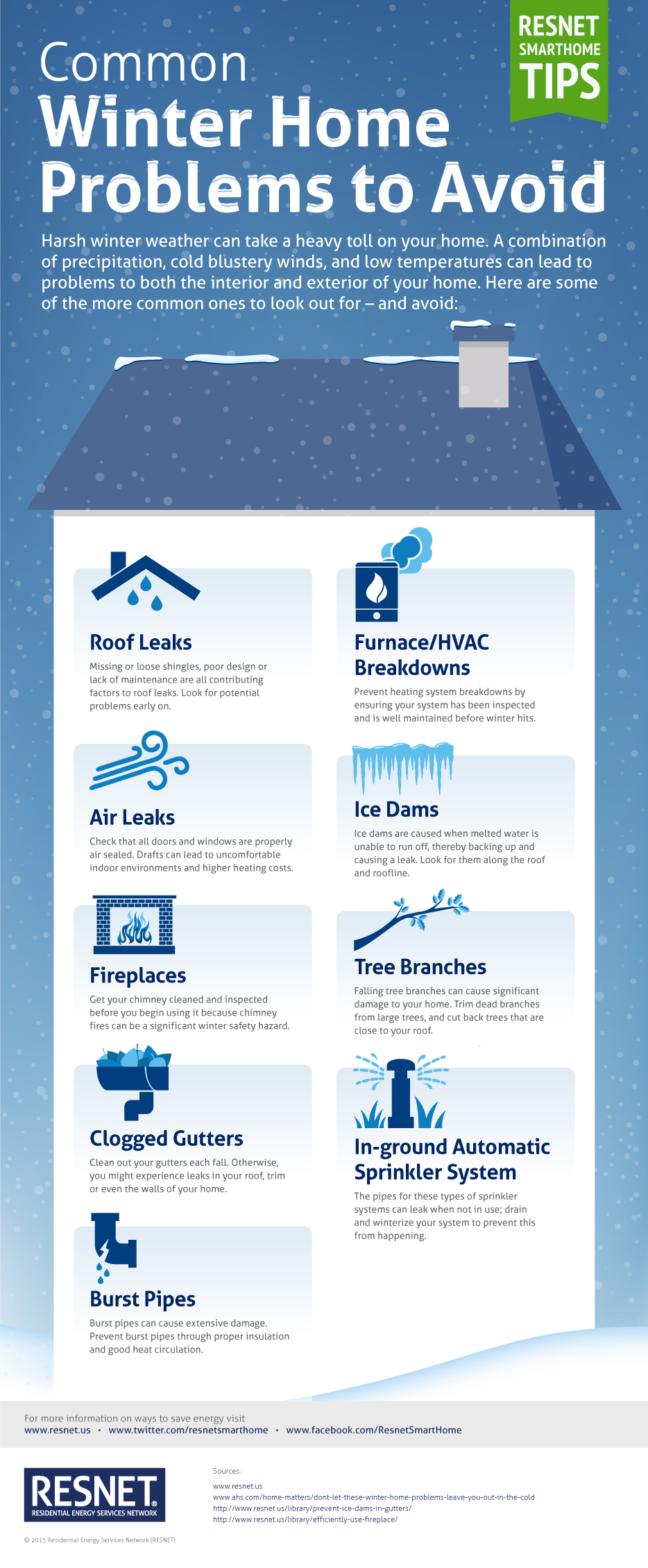Regular Errors In Roof Covering Setup And Approaches To Prevent Them
Regular Errors In Roof Covering Setup And Approaches To Prevent Them
Blog Article
Write-Up Produced By-Adamsen Miranda
When you're preparing a roofing system installment, it's easy to ignore crucial details that can cause considerable problems down the line. You could be attracted to reduce corners on material selection or avoid correct blinking setup, yet these common errors can lead to costly fixings later. Recognizing the value of air flow and sticking to regional building codes is crucial for an effective job. So, what are the crucial steps you should take to guarantee your roof covering stands the test of time? Let's explore some reliable approaches to stay clear of these risks.
Poor Material Selection
When it comes to roof installment, selecting the wrong materials can lead to costly troubles down the line. https://www.buildings.com/articles/27345/3-high-tech-tools-can-better-your-buildings-roof-and-exterior might believe that any roofing material will do, yet that's a common misconception. It's essential to choose products that suit your neighborhood environment and the details needs of your home.
As an example, if you live in an area with hefty rainfall or snow, opting for asphalt roof shingles may not be the best option. Rather, think about even more resilient options like metal or slate.
In addition, take notice of the top quality of the products you're taking into consideration. https://mariojdxsm.techionblog.com/33968567/figure-out-essential-seasonal-treatment-tips-that-can-optimize-your-roof-covering-s-life-span-and-acknowledge-just-how-seasonal-climate-condition-uniquely-affect-your-roofing-s-efficiency could save you money upfront, yet they frequently do not have durability and can lead to constant repair services or substitutes.
You must also think about the style of your home and ensure the materials you choose will certainly maintain its aesthetic charm.
Ultimately, do not forget to talk to specialists. They can provide useful understandings and suggest products that adhere to local building codes.
Investing time in proper product selection now can help you prevent headaches and expenses in the future, making your roofing job a success.
Inadequate Flashing Installation
Selecting the right products isn't the only element that can cause roof problems; poor flashing installment can also produce considerable concerns. Flashing is critical for guiding water away from prone areas, such as smokeshafts, skylights, and roofing system valleys. If it's not set up appropriately, you run the risk of water breach, which can bring about mold and mildew development and architectural damage.
When you mount blinking, guarantee it's the right kind for your roof's style and the local environment. As an example, steel blinking is usually much more resilient than plastic in locations with heavy rain or snow. See to it the blinking overlaps appropriately and is secured firmly to prevent gaps where water can permeate via.
You must likewise focus on the setup angle. Blinking ought to be placed to guide water far from the house, not toward it.
If you're unsure about the installment process or the materials needed, speak with a specialist. They can assist identify the best flashing choices and make certain every little thing is set up correctly, protecting your home from potential water damages.
Taking these steps can conserve you time, money, and headaches in the future.
Neglecting Air Flow Requirements
While several home owners focus on the aesthetic and architectural elements of roof installation, ignoring ventilation requirements can cause serious long-term repercussions. Appropriate ventilation is essential for managing temperature and wetness degrees in your attic room, protecting against problems like mold growth, timber rot, and ice dams. If you don't mount adequate ventilation, you're setting your roof up for failure.
To avoid this blunder, initially, evaluate your home's details air flow requirements. A balanced system commonly consists of both intake and exhaust vents to promote air flow. Ensure you've installed soffit vents along the eaves and ridge vents at the height of your roofing. This mix permits hot air to get away while cooler air gets in, keeping your attic space comfy.
Also, take into consideration the sort of roofing material you've selected. Some materials might need extra ventilation strategies. Double-check your local building codes for ventilation standards, as they can differ significantly.
Lastly, do not neglect to evaluate your ventilation system regularly. Obstructions from particles or insulation can hamper air flow, so keep those vents clear.
Conclusion
In conclusion, avoiding typical roof installment blunders is key to guaranteeing your roofing's durability and performance. By selecting the right materials for your climate, setting up blinking correctly, and dealing with air flow requirements, you can avoid costly concerns later on. Do not fail to remember to familiarize yourself with neighborhood building ordinance and timetable regular inspections. With these actions, you'll appreciate a safe, long lasting roof that secures your home for years ahead. Happy roofing!
